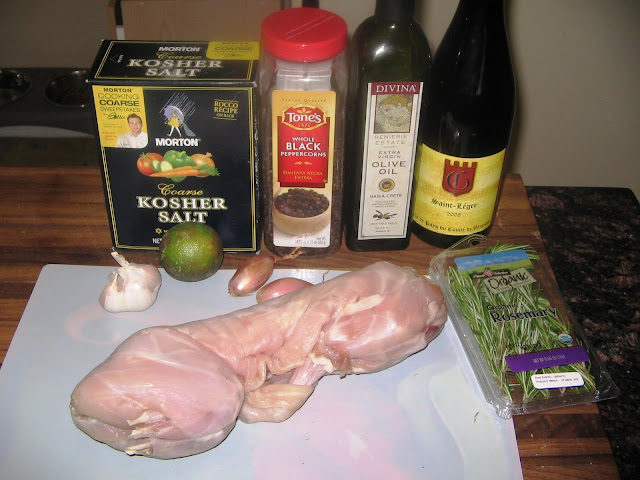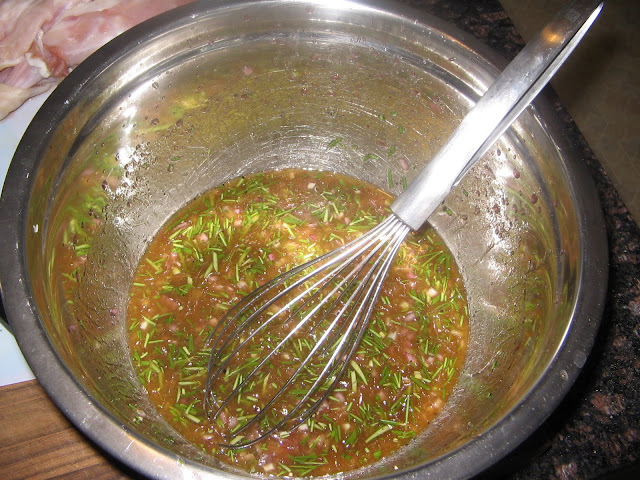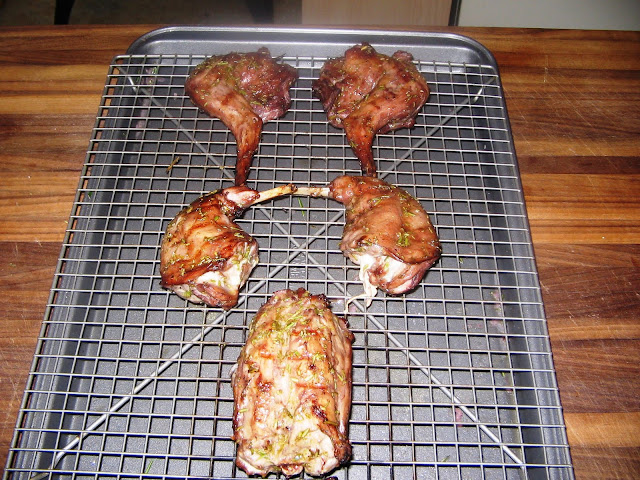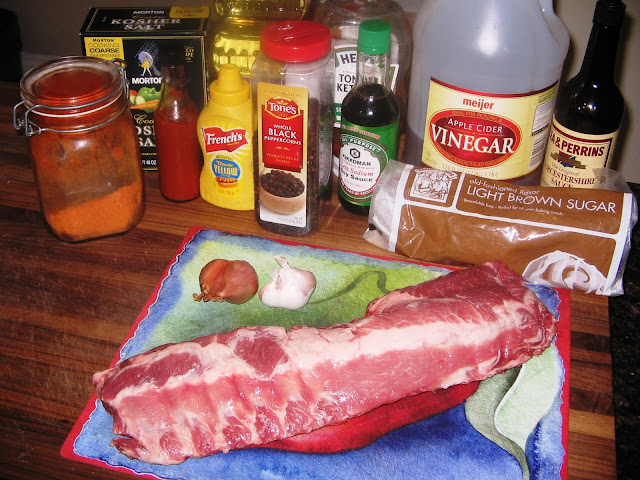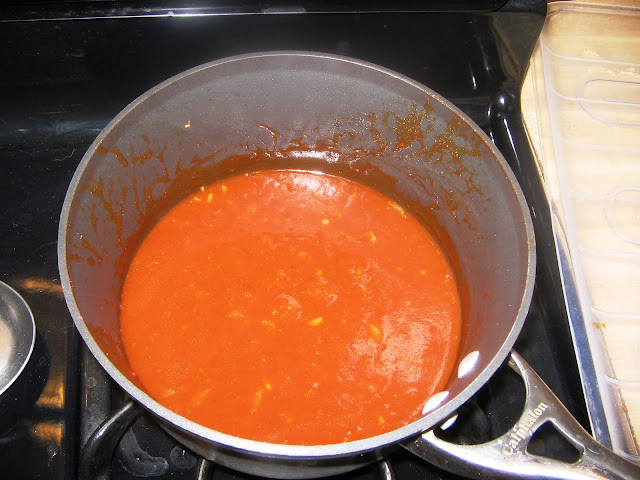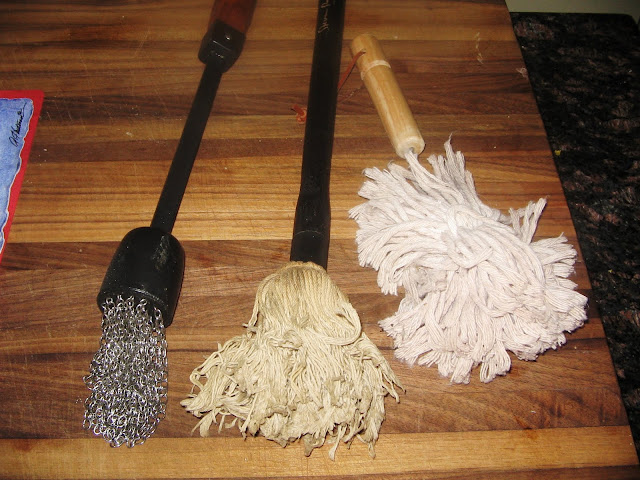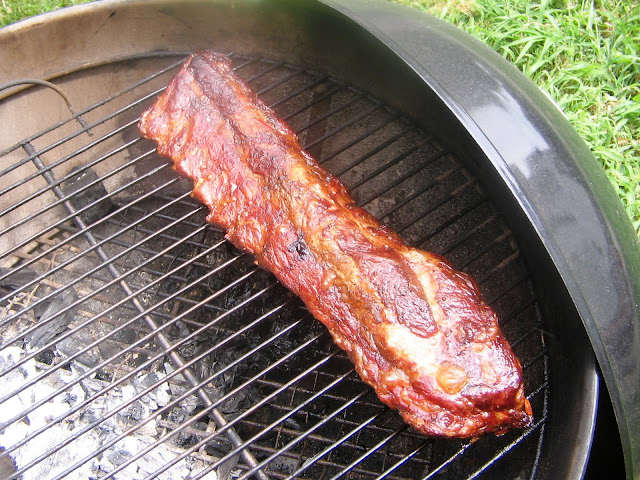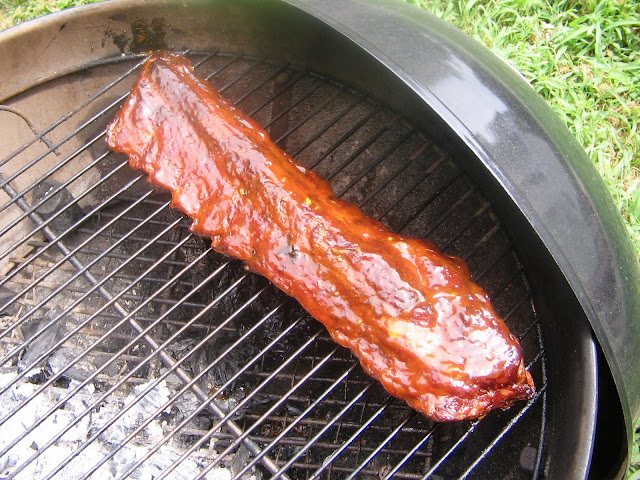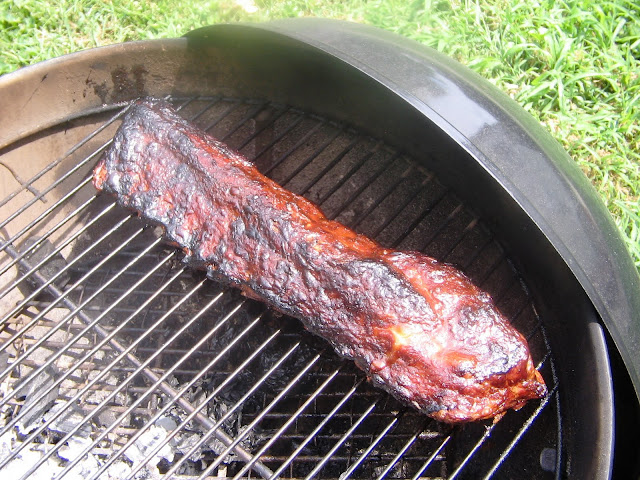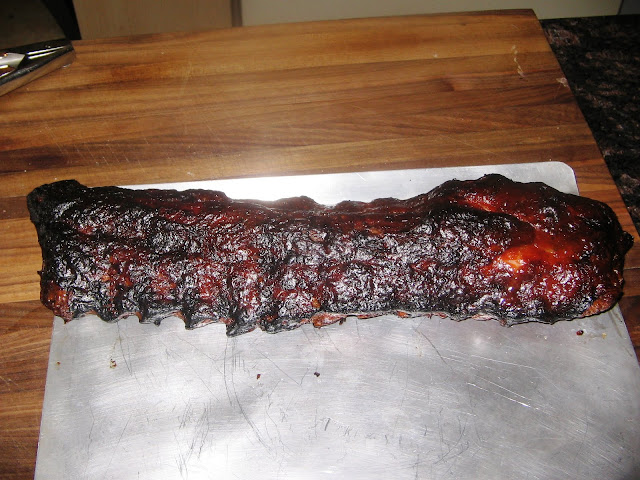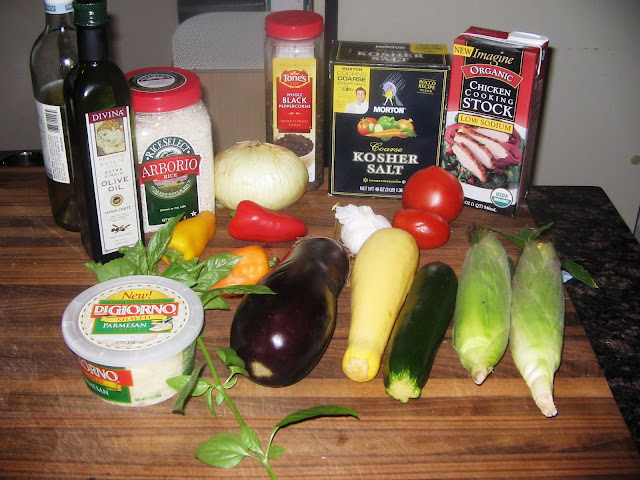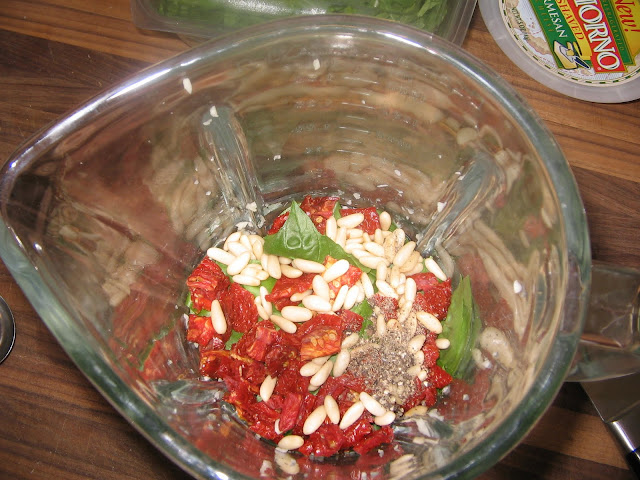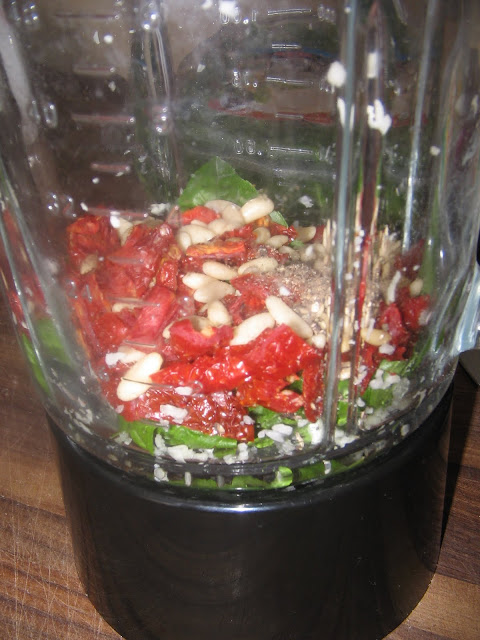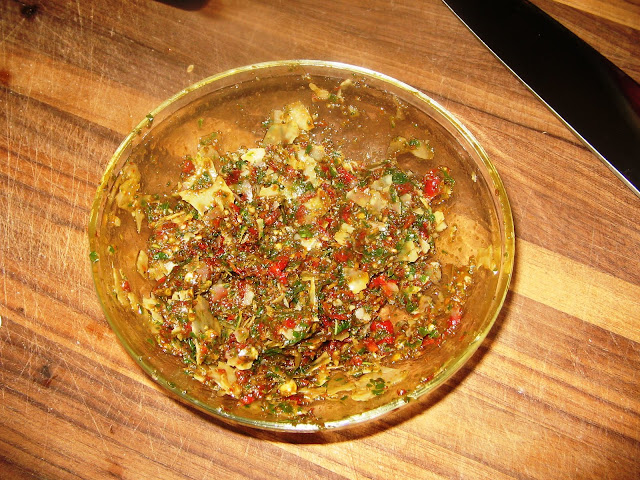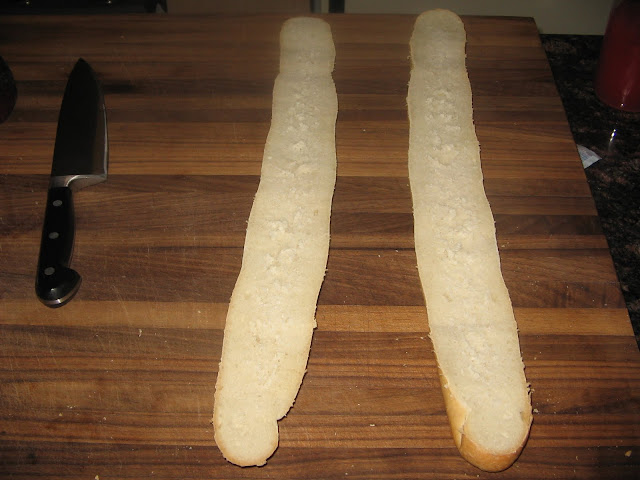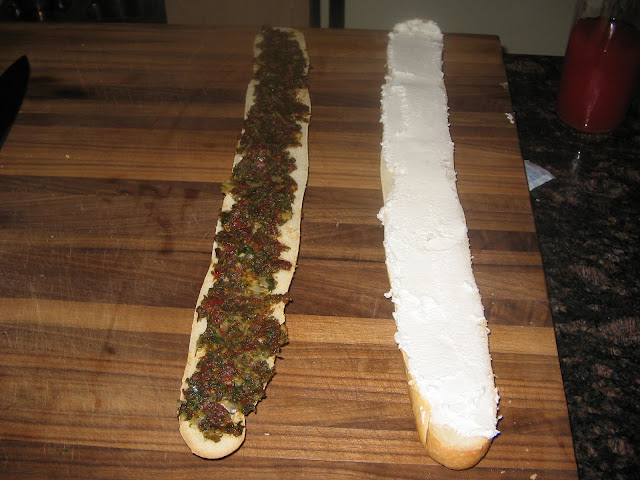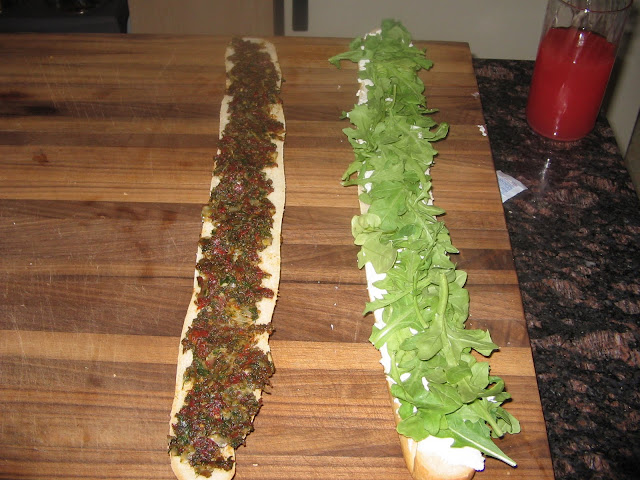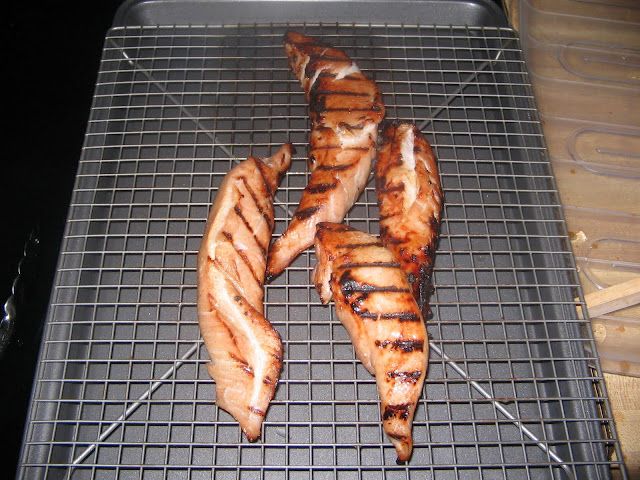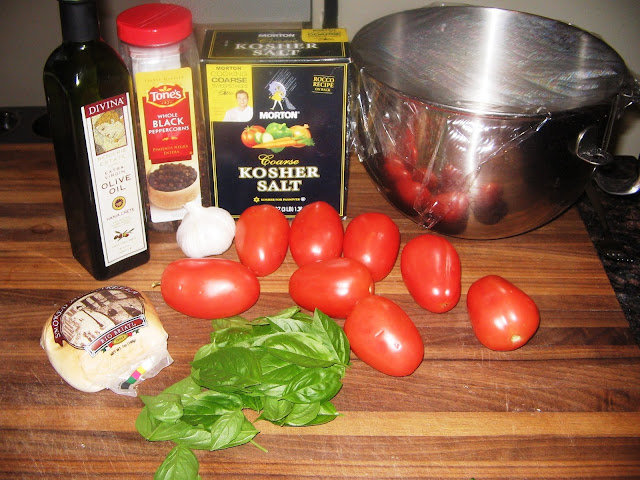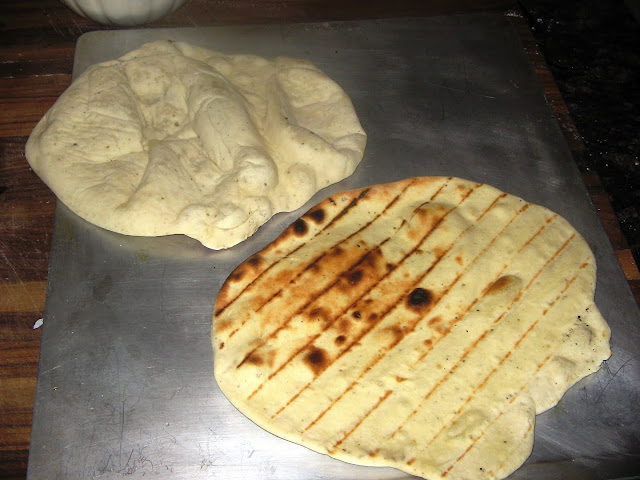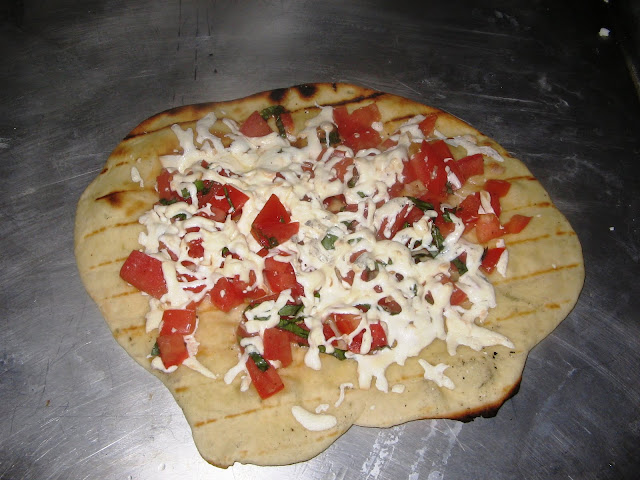Seriously...don't read this post. When I imposed this project on myself a few months ago, I knew that there was one section of the book that would be a problem. I had a pretty conservative upbringing - foodwise - as a child. I was well-fed, and my parents are good cooks, but they never did much other than the usual middle-class American cuisine. So if you are the same, just don't ready any further and you won't have to read about me cooking up Thumper.
I knew that the Game section of the book would pose some problems. I have no problem eating duck, bison, quail, and the like. For whatever reason, though, I have reservations about consuming venison and rabbit. I decided that instead of saving the worst for the end, I may as well get this over and done with. I found a place that would sell me one, and I prepared the Rabbit With Romemary-Lime Baste on page 216.
The marinade was the easy part. I can do marinades.
What I cannot do, I discovered, was butcher a rabbit. The recipe called for me to cut up the rabbit into six pieces. What I could not figure out was what exactly the six pieces were supposed to be. Can you?
I can break down a chicken fairly well: two legs, two thighs, and two breasts. The rabbit is built a little different. I could do the two front legs, the two back legs, but how was I supposed to split the torso? In short, I didn't. I made five pieces instead of six. The back two legs were the easiest to figure out. I made my cut, applied pressure to the joint, and just like a chicken they came apart. The front two legs required more work, and I removed a rather large thin flap of meat from each figuring it would either burn or dry out. The torso I trimmed up using the kitchen shears, doing my best to ignore the snapping of the spine as I did so.
Into the marinade they went, and a few hours later they were ready. I made the basting sauce and readied the grill.
The grilling part was easy. Weber's directions worked quite well, and if I didn't know is was rabbit, I would say they looked great!
Let's get this straight right now. Rabbit does NOT taste like chicken. It was a similar texture, but actually tastes more like turkey. The hind legs were meatier than the front, and thus less dry. There really isn't a whole lot to the front legs as far as quality meat. As much as it pains me to say it, the best meat came from right along the spine on the torso piece. Succulent, juicy, and something I will probably never eat again. This recipe is great for people who are less squeamish than myself, but at least I can say I did my best to maintain an open mind and I tried it at least once. A major obstacle is now out of the way.

